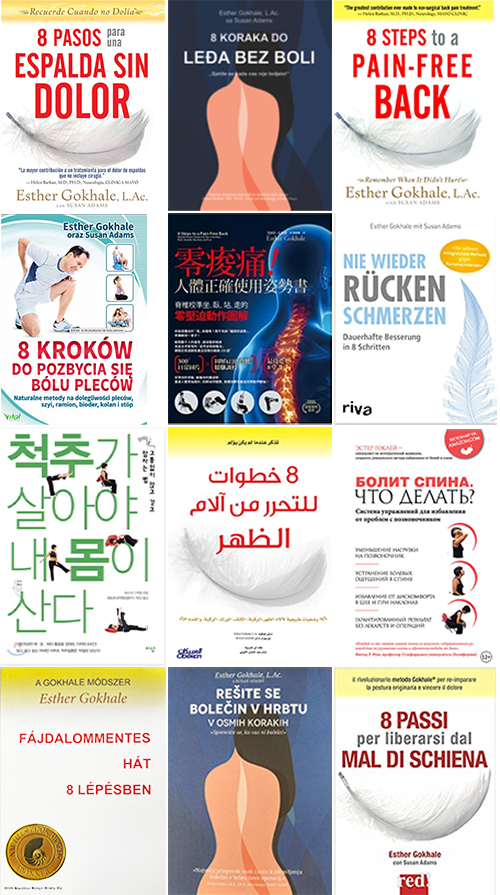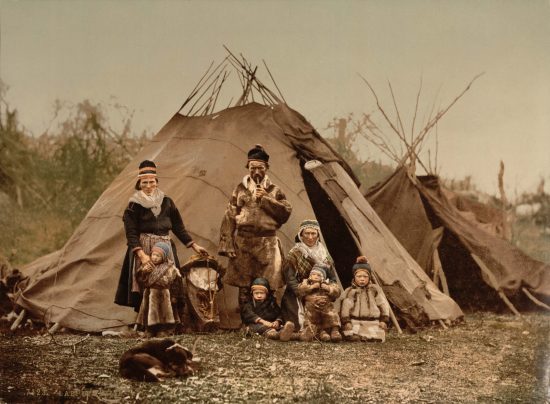It has been 14 years since my book 8 Steps to a Pain-Free Back came out in hard copy. For years I had wished I had a book to send to those people who called me from the East Coast or Midwest. These were often relatives or friends of people I had worked with in California, who were suffering terrible back pain and needed help. And so I got writing.
A book to solve back pain
Although there was clearly a huge need for a book to solve back pain, I was still surprised to find I had written a bestseller. It reached number two on Amazon.com following our American Public Television program in 2011, and number three following the New York Times article (paywall) naming me “The Posture Guru of Silicon Valley” in 2013. It has now been published in 12 languages (Croatian later this year), and sold over 250,000 copies.
Improving Your Neck Placement: a New Technique
I’ve taught stretchlying on the side for decades. So it’s a (welcome) surprise to discover a way of arranging the neck that is both more effective in adding additional neck length and more relaxing for the neck muscles.
It takes good form to be able to get rest on a surface this hard.
In July, reindeer herders in Samiland corral their reindeer to mark the ears of the unbranded calves. This involves stretches of waiting, some of it done reclining on the side, as above.
To date, I’ve taught students to grasp a clump of hair at the base of the skull and pull backward and upward so as to elongate the neck and slide the head back along the pillow into a healthier configuration.
Grasping the hair
Sleeping on Birch Branches in Samiland
This month I traveled to Northern Sweden and joined my friend Fredrik Prost's community for the annual marking of their reindeer calves. It was an amazing experience I will never forget.
Though the Sami have given up many of their traditional ways, many persist and in the coming months, I will share aspects I found inspiring or educational.
Traditional Sami housing is a tepee or lavoo, with long birch poles forming the main structure (these used to be transported from place to place by domesticated reindeer), and stitched reindeer skin providing the cover. The top of the lavoo is open to let smoke from a fire escape.


